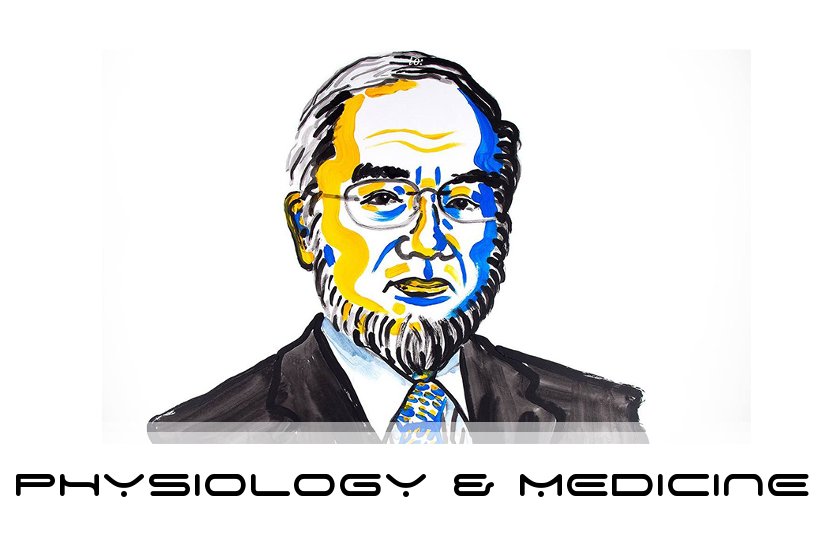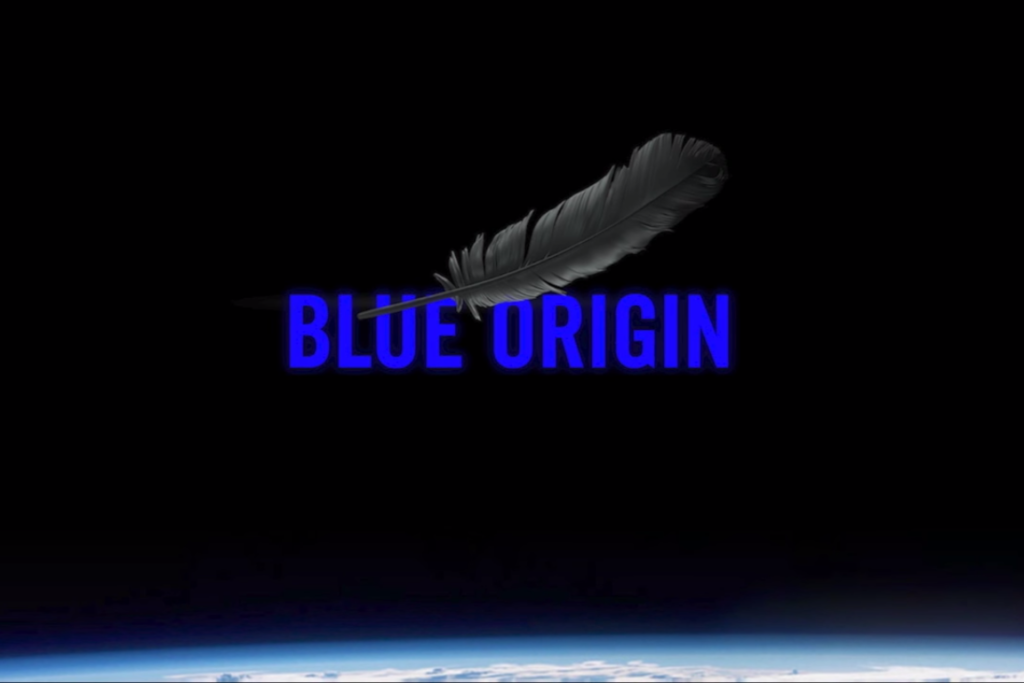We’re either doing two stories or four today, depending how you count them, with the Physics, Chemistry, and Physiology/Medicine Nobel Prizes, and a surprisingly good result from the Blue Origin team’s latest rocket test! Add to that our usual In Case You Missed It and Best of the Rest segments, and you’ve got yourself the Sunday News Roundup for 9 October 2016. Check it out!

Tiny Machines
The 2016 Nobel Prize for Chemistry went to to Jean-Pierre Sauvage (University of Strasbourg, France), Sir J. Fraser Stoddart (Northwestern University, US), and Bernard L. Feringa (University of Groningen, Netherlands) “for the design and synthesis of molecular machines.” Like most Nobel Prizes these days, the awards are for work done decades ago, in the 1980s and 1990s. Sauvage was the earliest of the three to work on what can best be described as machines whose constitutive parts — wheels, axles, etc. — are made of individual molecules arranged into intricate shapes. Sauvage’s work began with interlocking rings of molecules, basically chains called catananes — creating links between molecules mechanically, not chemically. Stoddart followed on in the early 90s by putting a ring onto an axle with a stopper at each end — a structure called a rotaxane — so the ring could pop back and forth between two positions on the axle. Feringa built on all of this research in the late 90s to make a molecular motor that could do actual physical work at the molecular scale, as well as machines that could move themselves about. This one uses paddles:
(I made the gif from an illustration in the article “Electrically driven directional motion of a four-wheeled molecule on a metal surface,” published in Nature by the Feringa lab in 2011.) It’s still early days yet for molecular machines, but given the vast potential of this line of research, it’s no surprise to see these three getting the Nobel. You can read the press release here, and see the prize announcement at the Nobel Foundation’s website.

Cellular Self-consumption
This year’s Nobel Prize in Physiology or Medicine goes to a single winner, Yoshinori Ohsumi (Tokyo Institute of Technology, Japan), for his work on something called autophagy — the way a cell gets rid of and recycles waste and damaged cellular materials. Ohsumi’s experiments in the 1990s on bakers’ yeast led to his development of a way to screen for the genes involved in autophagy, which at the time wasn’t really a big deal. But since the 90s it’s been realized just how important the autophagy process is for the health of all cells — especially humans. Autophagy malfunction has been implicated in Parkinson’s and type-II diabetes, and may even play a role in the accumulation in the brain of the Alzheimer’s-implicated proteins tau and beta-amyloid. So while a lot of people thought the award would go to CRISPR this year, there’s no denying the massive impact of Ohsumi’s work. You can read the press release here, and the rest of the details at the Nobel Foundation website.

2D Topology
The 2016 Nobel Prize in Physics has been awarded to three physicists who did something that’s actually pretty tough to explain. David J. Thouless (University of Washington, US), F. Duncan M. Haldane (Stanford University, US), and J. Michael Kosterlitz (Brown University, US) were awarded the prize for “theoretical discoveries of topological phase transitions and topological phases of matter,” which is easy to say but hard to explain — but I’ll give it a go. As a way of understanding strange states of matter like superfluids, they reduced the number of dimensions in the calculations to two or one and then applied a field of mathematics called topology to it. Thouless and Kosterlitz, for example, looked at the possibility of superfluids in a 2D form and found that in a superfluid state, these disruptive vortices form that should stop it being a superfluid. But using topology they found that if the vortices stayed at low enough energies, they’d pair up and allow the 2D material to remain in a superfluid state despite the vortices, explaining experimental observations of a dropoff of superfluidity at a certain energy level. There’s a lot more to their work that I have trouble wrapping my head around, but it’s the actual thought to apply topology as a solution to these physics problems that’s winning the prize. You never know, it could get us a real, proper quantum computer one day. For a better explanation, check out this article over at Forbes, and this other one at Nature. You can see the press release here, and the rest of the details at the Nobel Foundation’s website.

In-Flight Escape
And in news that has nothing to do with the Nobel Prizes, Amazon founder Jeff Bezos’s rocketry company Blue Origin had a very successful test of their New Shepard “edge-of-space” rocket’s in-flight escape system. The system, designed to propel the human-carrying pod away from the upward-speeding rocket in case of catastrophe, isn’t designed to give the people aboard a pleasant trip. The G-forces to pull away from an already-accelerating rocket are intense, and based on the dust clouds sent up when it hit the ground, the parachute landing isn’t exactly gentle, but if your other option is a fiery death, I’d take shaken-and-stirred-but-alive any day. The real surprise of the test was the survival of the launch vehicle. Early expectations had been that the thrust from the escaping pod would likely destabilize the New Shepard launcher and cause it to crash to the desert below, but against odds it managed to hold steady and come down for a safe, soft landing (maybe even softer than the capsule!). Bezos had previously said that in the event of a successful landing, the rocket would be retired and put on display — it’s earned its keep. You can watch a condensed version of the test below.
IYCMI
If you haven’t been following along at home, Sundays are your chance to get caught up! Here’s the week that was, here at This Week In Tomorrow:
- Monday was a woo double-feature with presidential prognostication and woo-flavoured chips
- Tuesday was an annoyed response to that “forests are antidepressants, medication is sh*t” meme
- Wednesday was an appeal to anyone listening not to get their news from Alex Jones and Infowars
- Thursday was an appeal to the city of Moncton to reinstate water fluoridation, and
- Friday was our (apparently now annual) 2016 sexist Halloween costume roundup post
If you missed them, check them out, and if you like them, share them with your friends.
Best of the Rest
And of course since we have day jobs there’s a stack of things we couldn’t get to (but other people did) so here it is, your weekly linkspam:
- Panasonic made a TV that’s see-through when it’s off
- Physicists made “time crystals”
- Police complaints dropped precipitously after deploying body cameras
- Physicists and engineers made 1-nanometer-long transistors
- JAMA Psychiatry has published a study linking oral contraceptives to depression
- The Planetary Society has published its October “what’s up in the solar system?”
- Duke University has launched a program to interrogate toxic masculinity
- Google’s released a phone called the Pixel, and
- Writer Claire McNear over at The Ringer has a hilarious post comparing potential SpaceX saboteurs (it’s comedy)
I’ll see you all off this week with the trailer for the new Power Rangers movie, which as one of my friends described it, actually looks like a weird hybrid of The Breakfast Club and Guardians of the Galaxy… and that doesn’t sound all that bad.
***
That’s all for today; thanks for reading! Except for the very *very* occasional tip (we take Venmo now!), I only get paid in my own (and your) enthusiasm, so please like This Week In Tomorrow on Facebook, follow me on Twitter @TWITomorrow, and tell your friends about the site!
If you like our posts and want to support our site, please share it with others, on Facebook, Twitter, Reddit — anywhere you think people might want to read what we’ve written. If there’s something you think we’ve missed or a story you’d like to see covered, drop us a line! Thanks so much for reading, and have a great week.
***
Richard Ford Burley is a human, writer, and doctoral candidate at Boston College, as well as an editor at Ledger, the first academic journal devoted to Bitcoin and other cryptocurrencies. In his spare time he writes about science, skepticism, feminism, and futurism here at This Week In Tomorrow.


